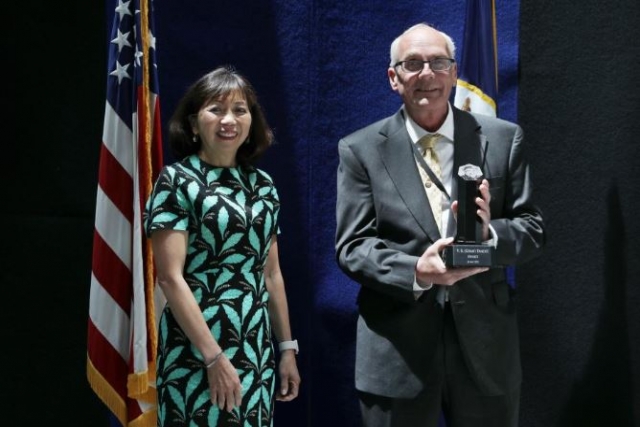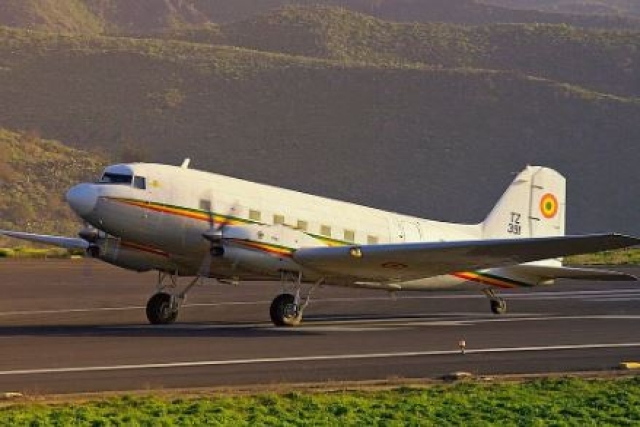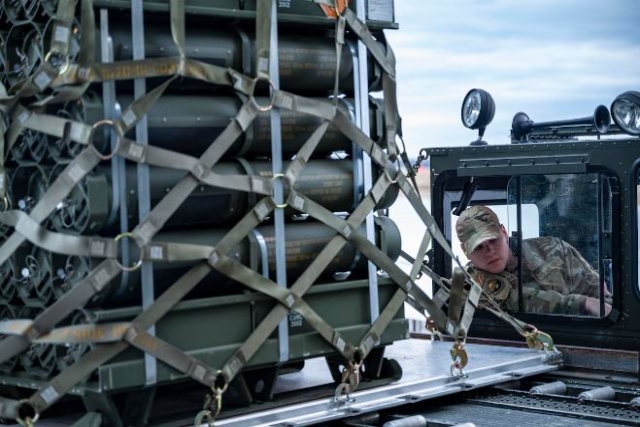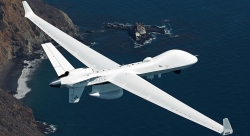Indian Origin U.S. Navy Innovator's Work Led to Predictive Maintenance Diagnostic Programs

The efforts of V. B. (Kisan) Pandit, an Indian Origin U.S. Navy Innovator in the field of Metrology and Calibration have been critical in developing a diagnostic predictive maintenance program which was the forerunner of today’s diagnostics systems and various diagnostic models.
On June 22, Naval Sea Systems Command recognized Shawn Egnak from Naval Surface Warfare Center, Philadelphia Division during the annual V.B. (Kisan) Pandit Innovation Awards for Metrology and Calibration (METCAL) at NAVSEA Headquarters in Washington, D.C., May 18, 2022.
The V. B. (Kisan) Pandit Awards recognize individuals and teams whose contributions have significantly enhanced NAVSEA METCAL or NAVSEA's mission, enriched the METCAL profession, and promoted innovative ideas and concepts resulting in substantial and quantifiable benefits to the Navy. These awards exemplify METCAL professionalism and excellence in execution.
The award's namesake, V.B. "Kisan" Pandit, was born in Mumbai, India, and he served the U.S. Navy's global mission as the NAVSEA METCAL Program Manager and NAVSEA METCAL Technical Warrant Holder. He was one of 12 NAVSEA team members who lost their lives at the Washington Navy Yard on Sept. 16, 2013. Members of the national and international communities mourned the loss of a true patriot, friend, colleague, and distinguished technical champion. Pandit worked with NSWCPD employees on several projects and was highly respected in his field.
“The award is meaningful to me because I knew and worked with Kisan before he even came to METCAL. In the early to mid-1990s, Kisan was developing a diagnostic predictive maintenance program called Tech Rep on a Floppy. We supported him in instrument and test equipment selection and in determining calibration requirements,” Egnak said.
“His diagnostics ultimately became the forerunner of today’s diagnostics systems such as ICAS, MCMAS and various diagnostic models resident in other ISEA controls. He was a true innovator and to be included in his company is a high honor for me,” Egnak added.
Egnak was awarded the Individual Innovator Award in appreciation of his 38 years of service to fleet readiness in support of Navy warfighters. He was instrumental in the development of a new, innovative calibration approach known as system calibration that allows a measurement chain to be calibrated in place with a portable calibration standard and managed by the Shipboard Instrumentation and Systems Calibration (SISCAL) Program. Egnak pioneered this approach, which evaluates a multitude of equipment simultaneously rather than individually. Since its conception, system calibration has saved countless maintenance hours by removing the need to remove instrumentation for calibration, allowing for simultaneous testing, changes, and/or modifications of all instruments in the measurement change.
“This nomination practically wrote itself. Shawn’s efforts throughout his career embody the spirit of the Pandit Award. He has always been dedicated to implementing innovative ideas in the realm of metrology and calibration that benefit the deckplate Sailor and the Navy at large. I’m absolutely thrilled that he was recognized for his accomplishments,” said NSWCPD Branch Manager, DDG-51 New Ship Construction MCS & LBESi Colleen McKillips.
Over the years, the complexity of ship systems has increased exponentially through the growing number of measurement chains monitoring system parameters. Egnak played a key role in the development and distribution of the Calibration Requirement List (CRL) for Navy ships. The CRL was developed as the primary requirements document for shipboard calibration.
Egnak’s expertise was also instrumental in the development of a Reliability Centered Maintenance (RCM) approach that is applied to every instrument to identify its criticality and calibration requirements. RCM uniformly and consistently determines and documents the calibration requirements for all ship alterations/changes throughout its life cycle. Furthermore, the RCM approach identifies measurements critical to the successful and safe operation of the weapon system, translating into millions of dollars saved for the Navy throughout the life cycle of the platform. Egnak’s efforts immediately enhanced the configuration control of shipboard instrumentation.
His innovative approach to staffing at Shore Intermediate Activities (SIMAs) answered the call from Fleet Forces Command to reduce manning. He created and executed a plan to establish the SISCAL Laboratory model. This new model eliminated the need for Sailors to perform system calibrations, as well as increases Fleet Calibration readiness.
In addition, Egnak’s efforts contributed to the immediate reduction of Sailor maintenance and manning by using a trained contractor team. This effort also reduced the calibration times of a SISCAL Sweep, further reducing costs to the Navy, and increased the overall productivity of the SISCAL teams.
Egnak also completed a reliability study of the DDG Flight II Calibration Activity 2 installed instrumentation. He demonstrated that updating the periodicity of the instrumentation was low risk with high benefits to the Navy, avoiding maintenance cost for the Fleet while maintaining high levels of readiness.
According to his nomination package, Egnak brings unparalleled passion to what some may see as a tedious subject matter and continues to demonstrate his extensive knowledge of ship systems and each variant across every ship platform that SISCAL services. He has trained and mentored a diverse group of engineers supporting the SISCAL Program since its inception. His unbridled loyalty and steadfast commitment to the SISCAL community helped the program weather a myriad of challenges and personnel changes throughout the years, shaping it into what it is today.
The event held at the Washington Navy Yard was hosted by NAVSEA Industrial Operations Division Head, Richard McConnell. Warfare Centers Executive Director, Dr. Brett Seidle performed the award presentation, and NAVSEA Executive Director, Giao Phan, presented the award to Egnak.
The U.S. Navy's METCAL program plays a critical role in assuring weapon systems and equipment perform properly when called upon - from detecting and defeating incoming threats to safely transporting Sailors to their mission and home. The METCAL program provides a system of calibration intervals to optimize measurement and maintain the reliability of equipment.
NSWCPD employs approximately 2,800 civilian engineers, scientists, technicians, and support personnel. The NSWCPD team does the research and development, test and evaluation, acquisition support, and in-service and logistics engineering for the non-nuclear machinery, ship machinery systems, and related equipment and material for Navy surface ships and submarines. NSWCPD is also the lead organization providing cybersecurity for all ship systems.









